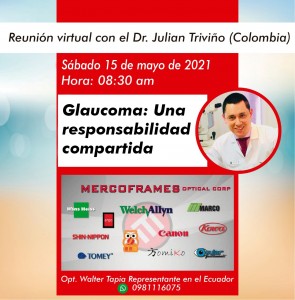A stethoscope is used to listen to and assess a patient’s heart, lungs, bowels, as well as taking pulse rate and blood pressure when used with a manual or aneroid sphygmomanometer.
Riester has a portfolio of stethoscopes ranging from classic stethoscopes for general practice, to specialist stethoscopes, like our pinard stethoscope, and more recently we have also developed a digital stethoscope: the ri-sonic.
David and Dumitrascu emphasise the continued importance of stethoscopes in modern medicine
World Health Organisation (WHO) notes that heart disease remains the world's number one cause of mortality with pulmonary and respiratory associated disease ranked in the top five.
Tubing (1), Stem (2), Chest piece (A): Non-chill rims (3), bell for low frequencies (4), Membrane (diaphragm) for high frequencies (5), Headset binaural (B): Ear-tips (6), Ear-tube (7).
A classic stethoscope is an acoustic listening device used to listen to body sounds amplified by its design, more commonly those emitted by the lungs, the heart, the abdomen and the intestines. There are two sides to a standard stethoscope: a bell (4) and a diaphragm or membrane (5). When the diaphragm or membrane is put on the chest, the sounds of the body cause the diaphragm or membrane to vibrate, generating sound waves that move up the tube to the user’s ears. When the bell is put on the chest, it is the skin that generates the vibrations from which sound waves travel up the tube. Issues with blood pressure, blood flow, respiration or foetus development, for example, can be detected by a trained user because of the distinctively different sounds they can hear.
The headset typically comprises of two ear-tubes mounted on tension springs with one ear-tip attached to each ear-tube. The ear-tube are bendable so that the ear-tips can be angled to perfectly match the ear canal of the user. The two ear-tubes can also be pushed in or out to ensure the fit is neither too loose or too tight.
The ear-tips are made of a soft rubber or silicone with a hole in the centre to let the sound travel and are attached to the ribbed end of the ear-tubes. They are available in different sizes to provide the user with a snug yet comfortable fit and create an acoustic seal. This ensures that the sound that reaches the ear is as clear and pure as possible.
The ear-tubes are made of metal and designed at an angle allowing the best fit into the user’s ear canals. They connect the stethoscope tubing to the ear-tips, isolating the sounds and directing them into the left and right sides.
Also known as the head and responsible for conducting sound. Made up of the diaphragm and/or bell, and the stem. It is usually placed directly on the skin but technological advancements have made it possible to listen through certain materials (clothing, bandages, blankets, animal fur, etc.) with certain stethoscopes.
The chest piece can vary between different models. It may be one-sided (diaphragm only) or two-sided (bell on one side, diaphragm on the other side). Some one-sided chest pieces have tunable or pressure-sensitive diaphragms that can act as both a bell and a diaphragm. Having both makes the chest piece suitable for a wider range of patients as the bell side is best for paediatric or thin patients and the membrane side, best for adult patients.
Chest pieces are usually made of metal, but there are now also acrylic head stethoscopes which are good for blocking out ambient noise.
The stem is the metal tube that connects the tubing to the chest piece.
The bell is suitable to hear the lower frequencies of sound and the diaphragm is suitable for the higher frequencies. A non-chill rim attached fitted on the outer edge of the diaphragm improves adaptation to the skin for better sound pick-up and enhances patient comfort.
Soft tube made from PVC that connects to the stem and the ear-tubes. Usually 100% latex-free. It is responsible for relaying the sounds picked up by the chest piece to the ear-tubes so that they can be heard. Tubing exists as a single tube or dual lumen tube (split in half on the inside). By having two sound channels inside one outer tube, left and right paths are created, making for a more accurate hearing.

Reunión virtual con el Dr. Julian Triviño (Colombia)

Friday, Nov. 12 - Monday, Nov. 15 Ernest N. Morial Convention Center, New Orleans, LA.
